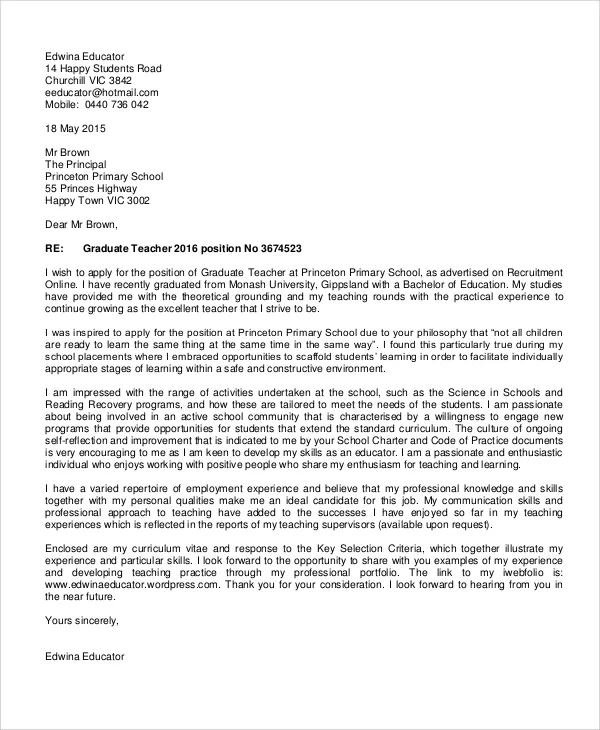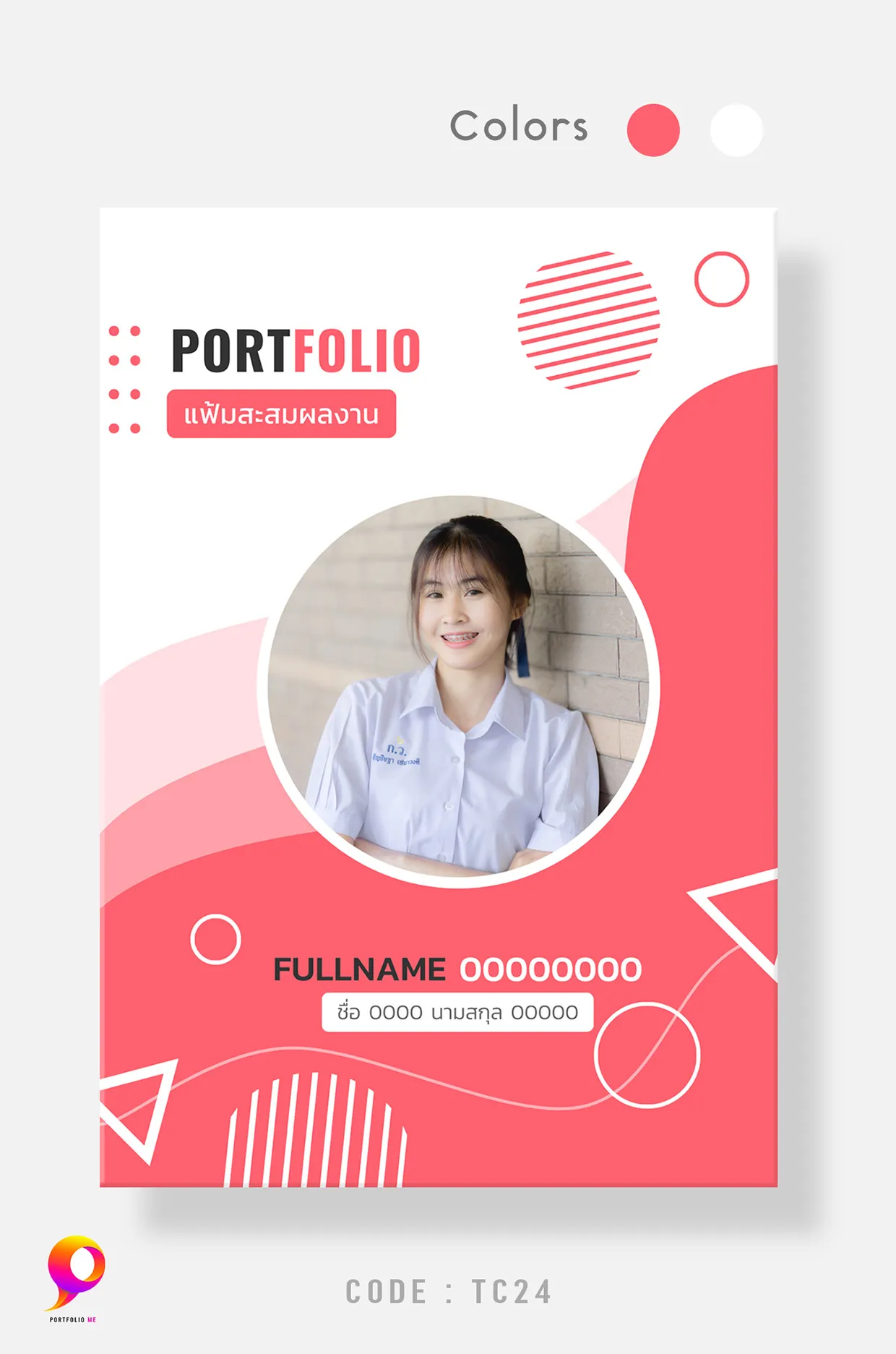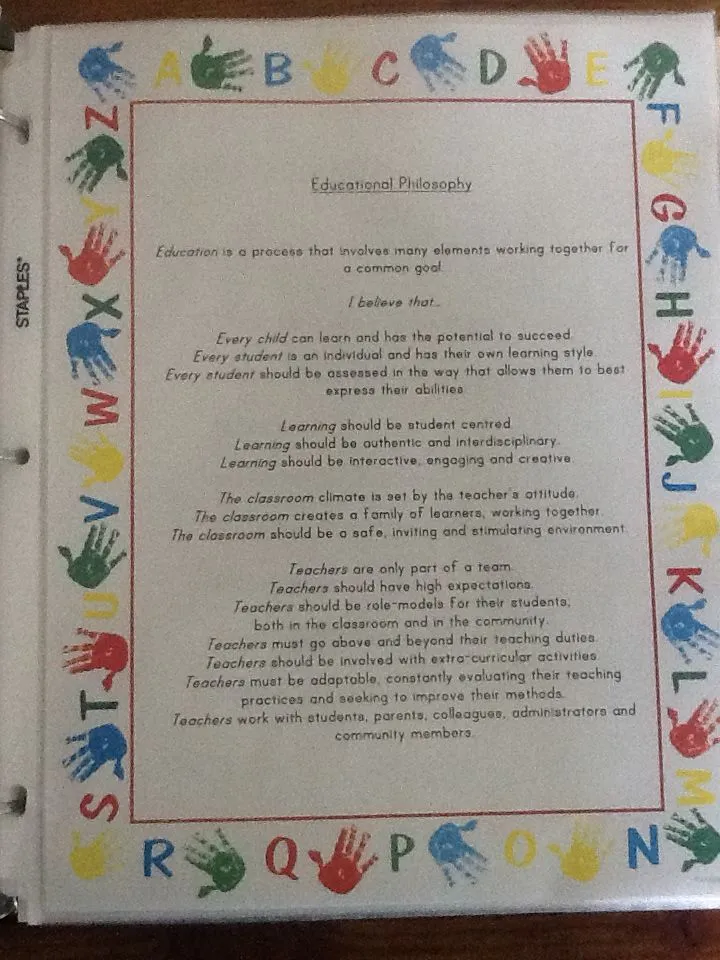Crafting a Teacher Portfolio Cover Letter
A teacher portfolio cover letter is more than just a formality it’s your opportunity to make a lasting impression. It’s the first document a potential employer sees, providing a snapshot of your skills, experience, and passion for teaching. Think of it as your personal introduction, a chance to connect with the hiring committee on a deeper level than a resume alone allows. This guide will walk you through the essential steps to create a compelling cover letter that highlights your qualifications and makes you stand out from the competition. Your cover letter is your personal branding document, so you need to make sure that it is perfect and showcase the best version of yourself. The letter gives you space to explain in detail your experiences, your teaching philosophy, and your vision.
Understanding the Purpose of the Cover Letter
The primary goal of a teacher portfolio cover letter is to convince the hiring committee that you are the ideal candidate for the position. It should grab their attention, showcase your enthusiasm for the role, and persuade them to read your resume and portfolio. A well-crafted cover letter also allows you to address any potential gaps in your resume, explain career transitions, or demonstrate your unique understanding of the school’s mission and values. The cover letter can also show the hiring manager how your past experiences will contribute to their academic environment. This will also show your initiative to find out more about the school that you are trying to get employed in.
Highlighting Your Key Skills and Qualifications

Your cover letter is the perfect place to showcase the skills and qualifications that make you a great teacher. Start by identifying the key requirements listed in the job description and then highlight your relevant skills. Use specific examples to demonstrate your abilities, such as classroom management, lesson planning, differentiated instruction, or assessment strategies. Quantify your achievements whenever possible, for example, by mentioning the percentage of students who improved their test scores or the number of successful projects you led. Do not only talk about your experiences but also elaborate on how you used the said skills to create positive outcomes. The aim is to show them that you have all of the skills that they are looking for in a teacher.
Showcasing Your Teaching Experience
Provide a summary of your teaching experience, including the grade levels you’ve taught, the subjects you’ve covered, and the schools where you’ve worked. Emphasize your most relevant experiences and accomplishments. Briefly describe your teaching philosophy and how it aligns with the school’s values. Demonstrate your commitment to creating a positive learning environment and fostering student success. If you have any special achievements, like receiving teaching awards or implementing successful programs, be sure to highlight them. Your past experiences will show the hiring managers how prepared you are to lead a classroom with all of the tools and experience that you already have.
Tailoring Your Cover Letter to the Specific Position
Every cover letter should be customized to the specific job you’re applying for. Before you start writing, carefully review the job description and research the school. Use the school’s mission statement, values, and unique features to tailor your letter. Address the specific needs and challenges of the school and demonstrate how your skills and experience can help meet those needs. Mention the name of the hiring manager if possible, and show your genuine interest in the position and the school. A generic cover letter can show your lack of interest, and therefore, you should take your time to personalize your letter to maximize your chance of getting hired.
Structuring Your Cover Letter for Impact

A well-structured cover letter is easy to read and leaves a lasting impression. Start with a strong opening that grabs the reader’s attention and states your purpose. The body of the letter should highlight your key skills, experience, and qualifications, providing specific examples to support your claims. End with a compelling closing that reiterates your interest in the position and includes a call to action, such as a request for an interview. Use a professional and easy-to-read font, and keep the letter concise, ideally one page in length. Make sure all the information is formatted in a way that is easy to read and follow. Each section should flow into the next to make the letter engaging for the hiring managers to read.
The Importance of Proofreading and Editing
Before you submit your cover letter, proofread it carefully for any grammatical errors, typos, or formatting inconsistencies. Have a friend or colleague review it as well, as a fresh pair of eyes can often catch mistakes you might have missed. Ensure that the tone is professional, the language is clear, and the letter is free of jargon or clichés. A polished and error-free cover letter demonstrates your attention to detail and your commitment to excellence. Any error in your cover letter could prevent you from getting an interview, so take your time to review it before submitting it. Also, use a tool that can detect grammatical or spelling errors so that you can be sure that there is no error in your cover letter.
Tips for a Compelling Cover Letter Closing
Your closing should leave the reader with a positive impression and a clear call to action. Thank the hiring manager for their time and consideration. Reiterate your enthusiasm for the position and the school, and express your eagerness for an interview. Include your contact information, such as your phone number and email address. If you’re submitting your portfolio electronically, mention that it’s included. If you haven’t heard back within a week or two, consider following up with a polite email or phone call. This ensures that your cover letter will be remembered and also shows your interest in the position.
